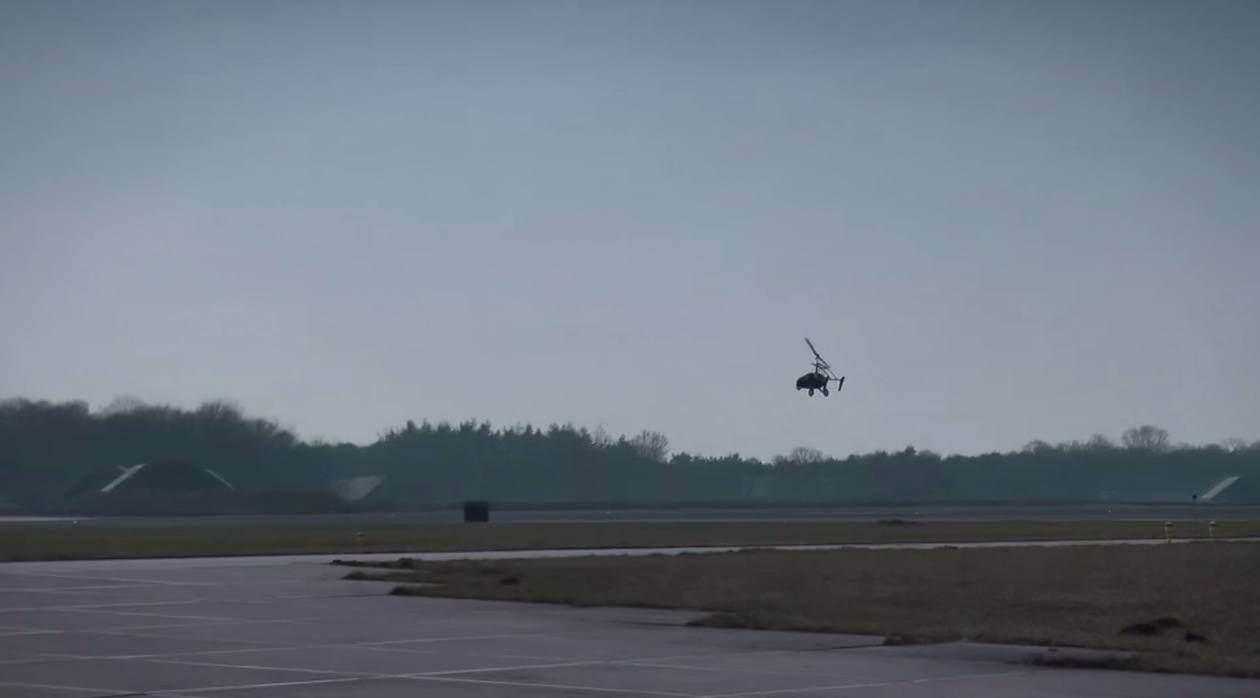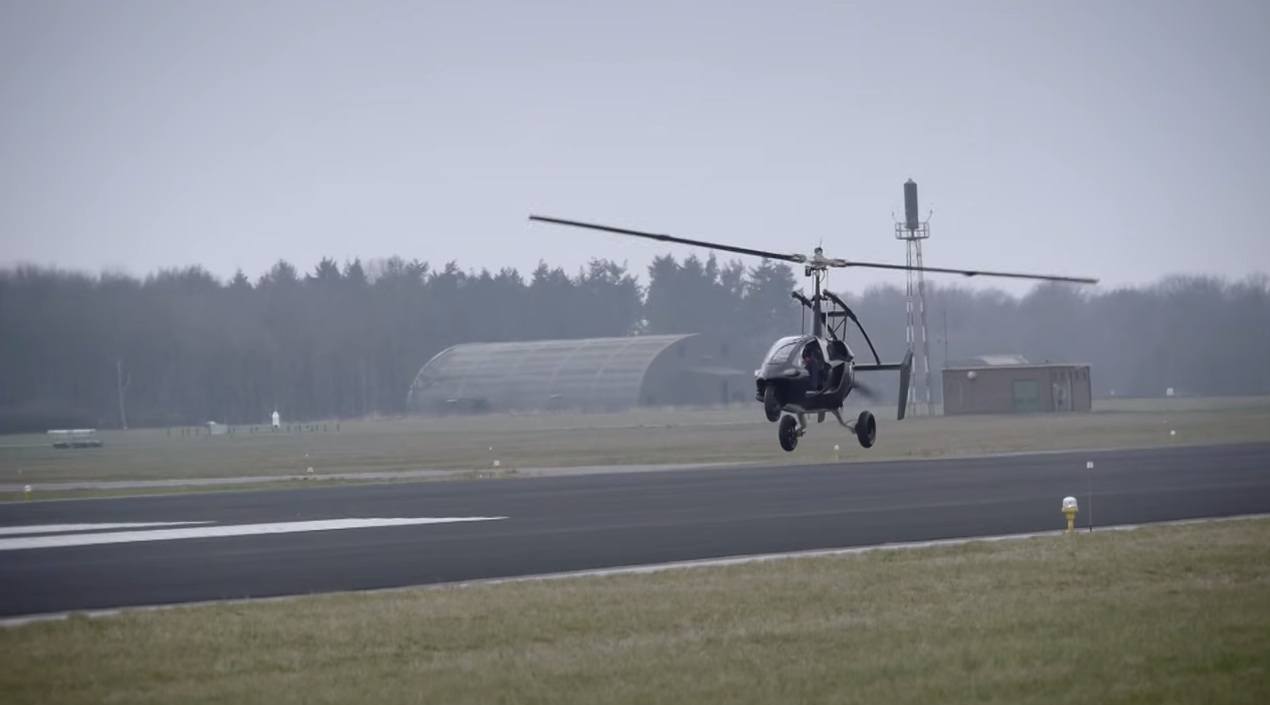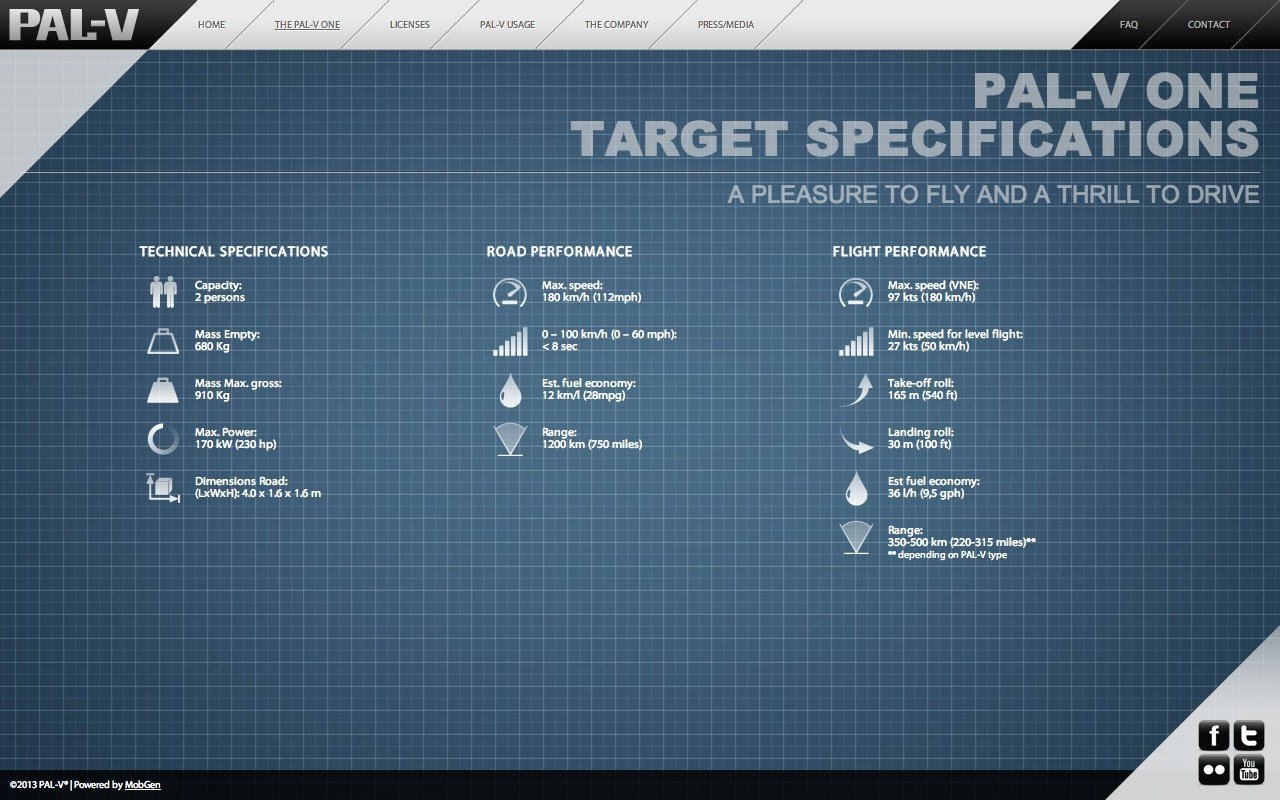What’s that in the sky?
Is that a plane?
Doesn’t quite look like one.
Is that a bird?
Definitely not.
Is that an helicopter?
Doesn’t fully look like one. Kinda, though.
Is that an UFO?
Ummmm… I don’t think so.
Wait… IS THAT A FLYING CAR?
You betcha.
Is it a car? A helicopter? A plane? Actually, the Pal-V One, a flying car, combines components of all three.
That’s right, folks. It’s not just a science fiction or a Harry Potter thing anymore. Flying cars have actually been invented.
A company called Pal-V has officially invented a flying car that has the ability to both drive on the roads and fly in the air. Not only has it been invented, the Pal-V isn’t the only flying car prototype companies are trying to push out to the market. Popular Mechanics has dubbed the Pal-V as “the Dutch-built and recently tested PAL-V One might be a much more realistic approach to the dream of the flying car” than the other competitors in the market are. The Pal-V design is being aimed initially at emergency services, according to Pal-V CEO Robert Dingemanse.
According to the Pal-V website, The PAL-V ONE is:
- A two-seat hybrid car and gyroplane. In layman’s terms, a “personal air and land vehicle”.
- Fully integrated door-to-door transportation.
- Aerodynamic with three wheels.
- A 230hp, four-cylinder engine powered by petrol.
- Able to go from 0 to 60 in under 8 seconds when driven on the road.
- A vehicle with a single rotor and propellor that enables flight-ready situations
- Is a motorcycle and gyrocopter.
- Available in red or black.
- Made from carbon fiber, titanium, and aluminum and weighs 1,499 pounds.
- Capable of flying below 4,000 feet (1,200 m) which, according to the Pal-V website, is the airspace available for uncontrolled Visual Flight Rules traffic.
- Powered by a flight certified aircraft engine.
- Designed to cruise at low altitudes, below 4,000ft. Although it needs a 540 foot runway for take-off, it only needs 100 feet to land.
- Capable of reaching speeds up to 112 mph (180 km/h) both on land and in the air.
- Quieter than helicopters due to the slower rotation of the main rotor.
- Capable of accelerating like a sports car on the road.
- Based on using the patented DVC tilting technologies invented for the Carver ONE (a two-passenger land vehicle).
According to the Pal-V website, converting the PAL-V ONE from airplane to automobile is a very easy process which takes about 10 minutes. It costs around $295,000 and you’ll need to have a Sports Pilot Certificate to fly one, as well as a driving license.
Here is a screenshot I took of the specifications off of the Pal-V website:
On the ground, the machine handles somewhere between a motorbike and a racing car – its chassis is built to lean into turns, and the two-seater can reach speeds of up to 112mph. The Pal-V One’s 27 gallon tank means pilots can fly for up to 220 miles at low altitudes – around 4,000ft – or drive for up 750 miles.
Basically, if you want to avoid that lengthy traffic jam, no problem… just fly instead! I love the idea of flying over large bodies of water. This also would make road trips much shorter due to being able to “cut traffic jams” and “roads that are a little out of the way”.
I’m still trying to wrap my mind around the concept of a flying car. I keep thinking to myself, “Oh, greaaaat, now we have to worry about bad drivers in the air, too.” But I even have to admit that it’s a pretty cool concept if they can get around all of the red tape.















































